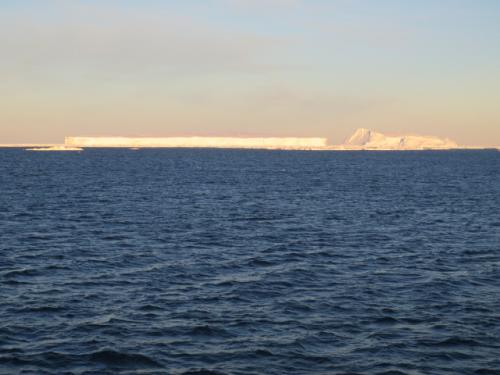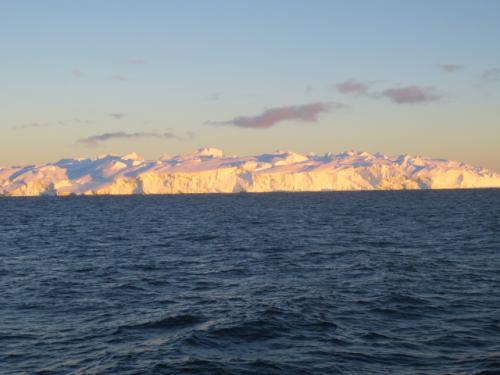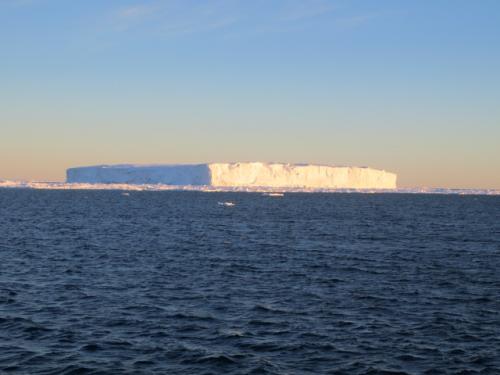Some interesting facts.
This journey continues to amaze me as each day passes. The adventure, the wildlife, the science are like nothing I have ever experienced. I have taught forever and have spent a significant amount of time in remote areas. Nothing can come close to this part of the earth. It is the most amazing place I have ever been. While everything is impressive, icebergs are my favorite.So I thought I would share a few basic facts I've learned about these awesome structures. First they take millions of year to form. They hold an incredible amount of freshwater. The crystals that form them are much smaller than regular ice. Smaller crystals mean they pack together better with less air space. Less air space means more room for frozen water. When icebergs crack of from the ice sheet it is called calving. They play a major role in rising sea levels. (Try adding an ice cube to a glass of water).
 2 icebergs next to each other. Can you see the difference in their shapes?
2 icebergs next to each other. Can you see the difference in their shapes?
 A newly formed ice berg that is right side up
A newly formed ice berg that is right side up
 An iceberg that has flipped
An iceberg that has flipped
The shape of an iceberg is an indication about if it has flipped. Smooth ones have not. Those that are mountain like on the top have generally flipped. The flipping of these calving icebergs, which releases massive amounts of energy, is thought to be a factor in the collapse of the ice shelf.This process particularly was investigated in the collapse of the Larsen ice sheet. There are so many incredible things to discuss about theses natural phenomena. Here is a quiz question. See if you can find out the amount of energy released when and iceberg flips. Good luck. 2 more days until we reach the Totten!


Comments